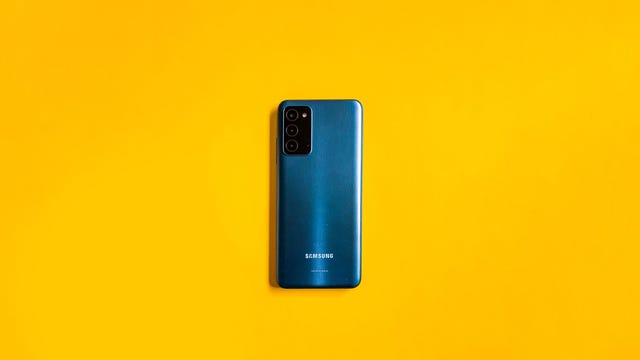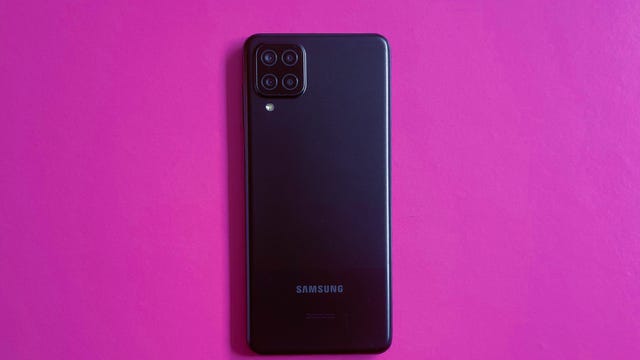Technologies
Best Phone Under $200: Cheaper Phones for Just the Basics
Devices that cost less than $200 should still be able to handle most apps, games and simple photography.
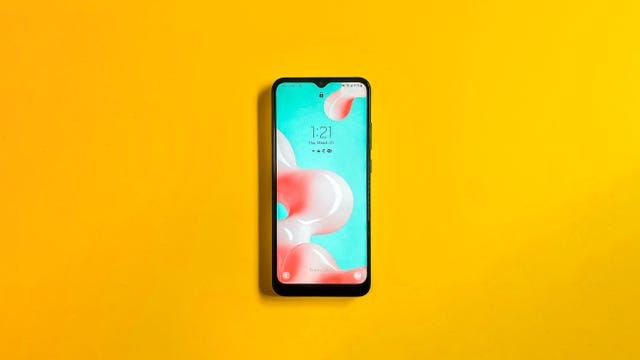
Smartphones can be expensive. But even if you’re on a budget, you can still find some great options. These are some of the best phones under $200 and they offer a mix of modern features alongside legacy ports you can’t find on today’s more expensive phones. For example, you can get a phone with a 6.5-inch screen and multiple cameras, plus a headphone jack and expandable storage with a microSD card slot.
However, there are trade-offs to keep in mind. Phones under $200 will likely run slower than their pricier counterparts, lack NFC for contactless payments and may receive only one software update. Most of them won’t support speedier 5G connections, either. But you can have peace of mind knowing that they can support most apps from the Google Play Store and will receive a few years of security updates.
What’s the best phone under $200?
Phones that cost $200 before any discounts are also phones that come with minimal features and many compromises. Of the devices we’ve tested and reviewed, the Samsung Galaxy A12 is our favorite. It nails the essentials, like having a 5,000-mAh battery, four average cameras, and years of software and security updates. There’s the newer Galaxy A13 and the just-released Galaxy A14 (which we need to test), but the A12 still hits that sub-$200 price and can often be found selling for less than $100, or even as a freebie.
Advertiser Disclosure
Best phones under $200 of 2023
Samsung’s Galaxy A03S at $160 (roughly £130, AU$240) includes plenty of great features and could be a great fit for someone looking for the cheapest possible phone that can handle most essential tasks. The phone’s 6.5-inch screen, capped at 720p resolution, is great for reading the news, watching videos, and playing games. Despite some performance lag found during our review, the phone is good at multitasking. But the phone’s tiny 32GB of storage space could fill up fast, so if considering this phone, it may be worthwhile to consider expanding the storage with a microSD card.
Samsung also plans to support this phone with at least four years of security updates, which at this price range is as good as it gets. On the software side, it’s less clear how many Android versions are scheduled, but the phone ships with Android 11 to start.
Even though Samsung’s Galaxy A13 has succeeded the Galaxy A12, you can still find the $180 Samsung phone at some US carriers, although it is otherwise discontinued on Samsung’s website. For instance, the Galaxy A12 is available at Straight Talk wireless at a lower $130 price. According to Counterpoint Research, the A12 was the best-selling Android phone of 2021, even outselling Apple’s iPhone SE (2020).
In our Galaxy A12 review, we found the phone took nicer photos than the cheaper Galaxy A03S thanks to its four-camera array with a 16-megapixel main camera, but it was still hindered by the same 32GB of onboard storage seen across all of Samsung’s sub-$200 phones.
While we haven’t tested the Galaxy A13, it’s possible that the $190 4G-only version of that phone is worth considering for its 50-megapixel main camera. But if you do plan to buy the Galaxy A12, know that the phone’s 3GB of memory handled multitasking well during our review, but experienced some lag when shifting between horizontal and vertical screen orientations.
The $130 Samsung Galaxy A02S was released in late 2020, and is still listed on Samsung’s website along with some wireless carriers. The phone originally shipped with Android 10, but has since received an update to Android 12 with Samsung’s One UI 4.1. Even though the Galaxy A02S is the lowest-priced phone in Samsung’s Galaxy line, the continued software and security updates should provide buyers with feature refinements along with protection from vulnerabilities.
During our review, we found multitasking to be the phone’s main shortcoming, along with the tiny 32GB of storage space included. The phone also has no fingerprint sensor, which means a security PIN or pattern will be necessary in order to keep the phone secure.
But the phone does include a microSD card slot for adding additional storage, a headphone jack and a large 6.5-inch 720p screen. If you just need a simple phone primarily for phone calls, texting and taking the occasional photo, then the Galaxy A02S could be a worthwhile choice.
How we test phones
Every phone on this list has been thoroughly tested by CNET’s expert reviews team. We actually use the phone, test the features, play games, and take photos. We assess any marketing promises that a company makes about its phones. And if we find something we don’t like, be it battery life or build quality, we tell you all about it.
We examine every aspect of a phone during testing:
- Display.
- Design and feel.
- Processor performance.
- Battery life.
- Camera quality.
- Features.
We test all of a phone’s cameras (both front and back) in a variety of conditions: from outdoors under sunlight to dimmer indoor locales and nighttime scenes (for any available night modes). We also compare our findings against similarly priced models. We run a series of real-world battery tests to see how long a phone lasts under everyday use.
We take into account additional phone features, like 5G, fingerprint and face readers, styluses, fast charging, foldable displays, and other useful extras. And we, of course, weigh all of our experiences and testing against the price, so you know whether a phone represents good value.
Read more: How we test phones
Phones under $200 FAQs
Are cheaper phones worth it?
Phones that are under $200 just focus on the essentials, which means you’ll have to make some compromises. You’ll be able to make phone calls, text, video chat, browse the web and run most Android apps on these devices. But you shouldn’t expect NFC for mobile payments, 5G connectivity or — unfortunately — much included storage space.
However, these phones otherwise function well and could be what you’re looking for if all you need is a good communication device. They also include features that are becoming increasingly harder to find in more expensive phones, such as an included charger in the box, a headphone jack on the phone, and a microSD card slot for adding more storage.
That said, if you’re finding that your phone needs go beyond basic communication, you may want to consider phones that are under $300 or phones under $500, if you can expand your budget.
What about phones that are even cheaper, like under $100?
Phones under $100 do exist, but they usually come with significant compromises.
For instance, the TCL 30 Z is one of the cheapest Android 12 phones available, at $90. Though we haven’t tested this phone, I have noticed that it uses the antiquated micro-USB port for charging.
Most other Android phones and wireless headphones, even those in the budget price range, now use USB-C for charging, meaning you might find yourself scrambling for a charger if you misplace it. The phone is also getting only one major software update to Android 13 and two years of security updates, which is short but comparable to some phones sold under $300.
We haven’t reviewed any flip phones recently, but anyone looking for a device made specifically for phone calls should be well-served by most available options. Flip phones support 4G signals and — more importantly — HD Voice for clearer voice calls. Some flip phones even support modern apps like WhatsApp and the Google Assistant, albeit in a more limited way compared with how these services function on a smartphone. The , for instance, is a flip phone running on the brand’s KaiOS, which supports downloadable apps and services.
More phone advice
Technologies
Give the Gift of Great Sound With Sennheiser Headphones at a 60% Black Friday Discount
The Sennheiser Momentum 4 headphones are now down to a record low price of $179 this Black Friday.
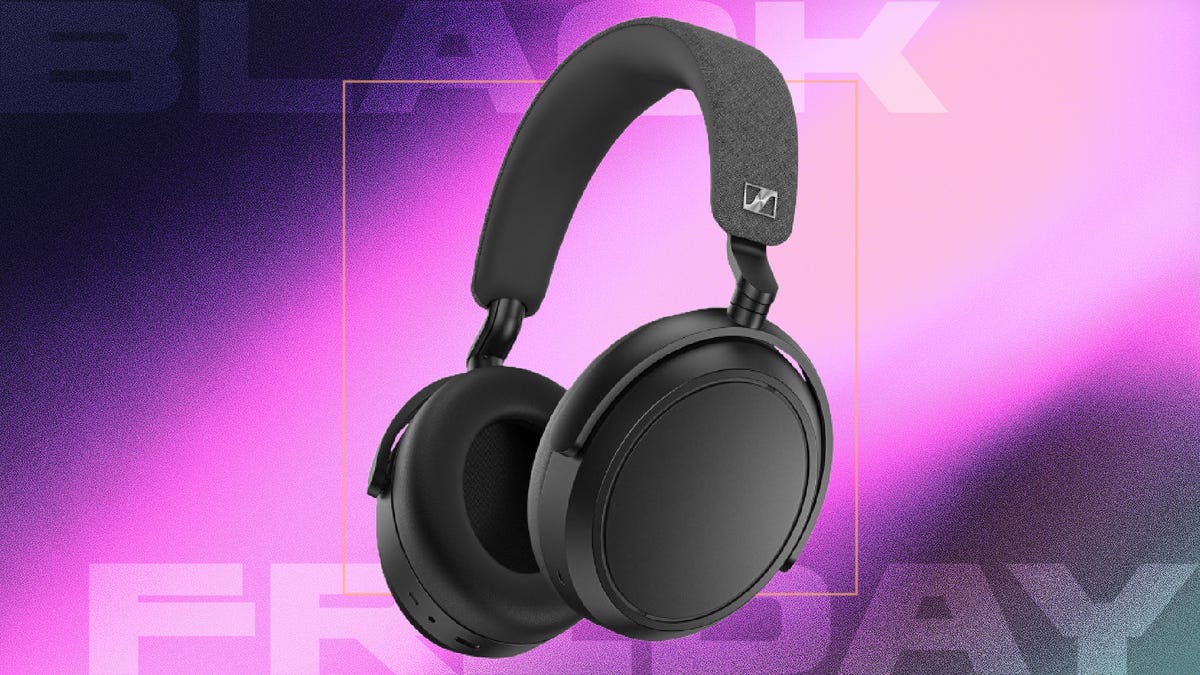
Spending this Black Friday shopping for a holiday gift for an audiophile? With tons of items on sale, there are plenty to chose from. Sennheiser is behind some of the best wireless headphones you can buy, but its headphones can be prohibitively costly.
But for two days only, Woot is running a Black Friday deal that brings the Sennheiser Momentum 4 headphones down to $179 from the original $450 price. The Sennheiser Momentum 4 headphones are for audiophiles who want great quality and comfort. You have to be quick, as this deal ends on Nov. 30, or sooner if supplies run out.
Sennheiser Signature Sound gives you rich, balanced audio, and the companion Smart Control app lets you fine-tune the sound to your liking. Adaptive noise cancellation keeps outside distractions at bay, making these headphones great for work, commuting or just zoning out at home. The battery lasts up to 60 hours at moderate volume, and the voice-calling quality is solid, so you can rely on them for everyday use.
Hey, did you know? CNET Deals texts are free, easy and save you money.
If this style of headphones isn’t your cup of tea, then maybe a pair of the best wireless earbuds will be better suited to your needs. If you’re shopping on a budget, check out our roundups of the best gifts under $100, $50 and $25 to see more great gift-giving ideas.
HEADPHONE DEALS OF THE WEEK
-
$248 (save $152)
-
$170 (save $181)
-
$199 (save $150)
Why this deal matters
This deal surely won’t last. Sennheiser has made a name for itself as one of the best in the audio business, and that’s clear with the Momentum 4 wireless headphones. They offer adaptive noise cancellation, a Bluetooth connection and up to 60 hours of playback. When it comes to comfort and quality, it doesn’t get much better, especially with a discount like this.
Join Our Daily Deals Text Group!
Get hand-picked deals from CNET shopping experts straight to your phone.
By signing up, you confirm you are 16+ and agree to receive recurring marketing messages at the phone number provided. Consent is not a condition of purchase. Reply STOP to unsubscribe. Msg & data rates may apply. View our Privacy Policy and Terms of Use.
Technologies
Samsung’s Galaxy Watch 8 Is Now Just $250 in Multiple Black Friday Sales
The Samsung Galaxy Watch 8 is an even better value with this $100 discount.
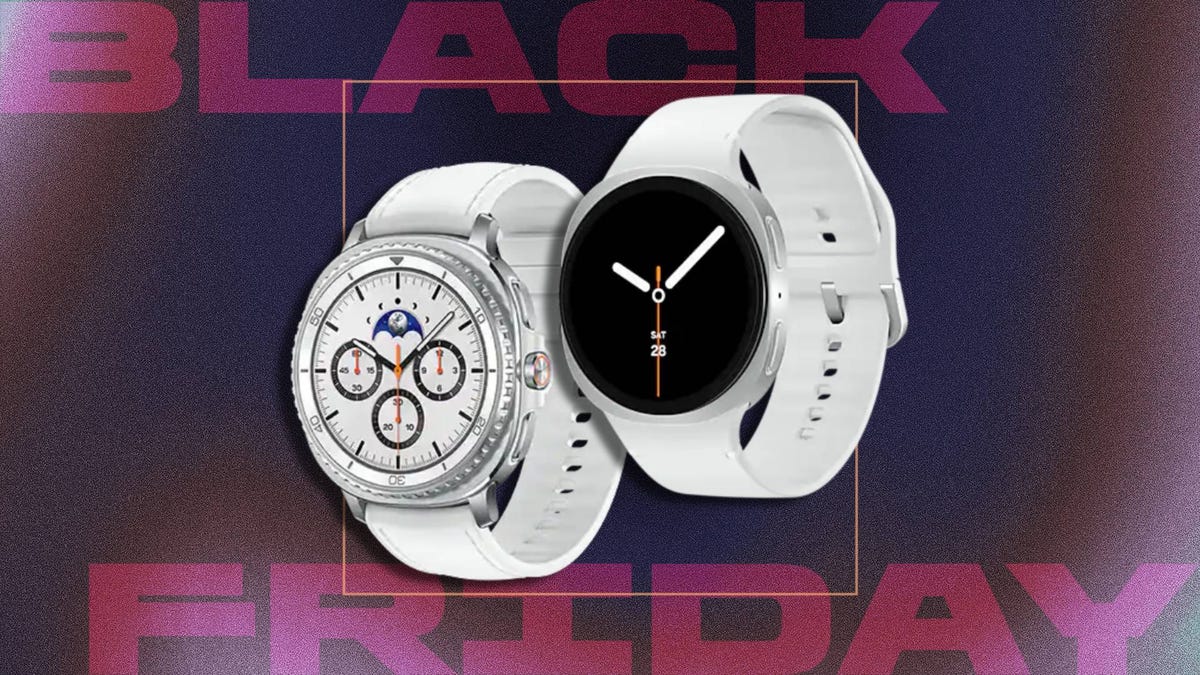
The holiday season is here, and while your fitness goals might not be at the front of your mind right now, January is just around the corner. That means resolutions are upon us, so what better time than now to pick up a new smartwatch? You can get your hands on a new Samsung Galaxy Watch 8 while it’s available for a huge $100 off for Black Friday.
Amazon and Best Buy are both selling the Galaxy Watch 8 at the same $250 price. We can’t promise either deal will be around for long.
Samsung’s latest smartwatch packs serious hardware upgrades over it predecessor. It has a vibrant 46mm AMOLED display that shines up to 3,000 nits, along with 2GB of RAM, 64GB of storage, built-in GPS and advanced fitness tools, including sleep coaching and vascular load monitoring. It’s waterproof up to 50 meters and lasts up to 30 hours on a single charge.
CNET expert Vanessa Hand Orellana praised its refined design, detailed health insights and Gemini AI support, noting that it «has nearly every feature I could hope for.» Just remember, some tools work best when paired with the Samsung Galaxy phone.
SMARTWATCH DEALS OF THE WEEK
-
$339 (save $60)
-
$280 (save $70)
-
$300 (save $50)
-
$150 (save $100)
-
$49 (save $30)
Why this deal matters
The Samsung Galaxy Watch 8 packs serious upgrades for the price. With advanced fitness tools, sleep coaching and daily energy tracking, it’s one of the most feature‑rich smartwatches this year. The $250 price represents a new low for the model and includes a 90-day warranty. But with limited stock, it’s a deal worth grabbing quickly.
Join Our Daily Deals Text Group!
Get hand-picked deals from CNET shopping experts straight to your phone.
By signing up, you confirm you are 16+ and agree to receive recurring marketing messages at the phone number provided. Consent is not a condition of purchase. Reply STOP to unsubscribe. Msg & data rates may apply. View our Privacy Policy and Terms of Use.
Technologies
The Black Friday Gaming Deals Are Here. Shop Now and Save Big on PlayStation, Xbox and Alienware
-

 Technologies3 года ago
Technologies3 года agoTech Companies Need to Be Held Accountable for Security, Experts Say
-

 Technologies3 года ago
Technologies3 года agoBest Handheld Game Console in 2023
-

 Technologies3 года ago
Technologies3 года agoTighten Up Your VR Game With the Best Head Straps for Quest 2
-

 Technologies4 года ago
Technologies4 года agoBlack Friday 2021: The best deals on TVs, headphones, kitchenware, and more
-

 Technologies4 года ago
Technologies4 года agoVerum, Wickr and Threema: next generation secured messengers
-

 Technologies4 года ago
Technologies4 года agoGoogle to require vaccinations as Silicon Valley rethinks return-to-office policies
-

 Technologies4 года ago
Technologies4 года agoOlivia Harlan Dekker for Verum Messenger
-

 Technologies4 года ago
Technologies4 года agoiPhone 13 event: How to watch Apple’s big announcement tomorrow

